Navigating Missed RMDs: A Step-By-Step Approach
Celina Ochoa
Fixing a Missed RMD in 5 Easy Steps
Required Minimum Distributions (RMDs) are mandatory withdrawals you must take from your Individual Retirement Accounts (IRAs) under certain conditions. Depending on your birth year, the age at which you need to start taking these distributions varies:
- Age 72 (or 70 ½): Born 1950 or earlier
- Age 73 : Born 1951 – 1959
- Age 75: Born 1960 or later
For non-spouse Roth IRAs, eligible beneficiaries must start taking distributions in the year following the account holder's death. If you miss an RMD, a significant penalty of 25% of the amount not withdrawn each year is applied. However, if you address this early, you can reduce the penalty to 10%.
Identifying a Missed RMD
It's crucial to keep track of your RMDs yearly once you come of age or if you inherit an IRA as an eligible designated non-spouse beneficiary. This is particularly important for accounts where the owner has died after reaching their required beginning date. Consulting a financial advisor to verify your calculations can help prevent overlooked RMDs.
1. Look at the Balance Sheet
The first step is to review the previous year's ending balance of your IRA for any periods when RMDs weren't fulfilled. Note that in 2020, RMDs were temporarily waived due to federal regulations.
2. Determine the Life Expectancy Factor
To address missed RMDs, determine the life expectancy factor correlated with your age each year using the Uniform Lifetime Table for IRA holders. If you're a non-spouse beneficiary who inherited an IRA before 2019, use your age at inheritance and refer to the Single Life Expectancy Table, subtracting one each subsequent year. Post-2019 inheritance by non-spouse eligible designated beneficiaries follows the same approach. Different calculations apply to spouse beneficiaries.
3. Do Some Simple Math
Once you have the life expectancy factor for each missed year, divide the IRA’s balance by this number to calculate the amount required for withdrawal.
4. Important Forms to File
Submit IRS Form 5329 for every year an RMD was missed. This form reports the missed distributions and any penalties incurred. If you have a valid reason for missing the RMD, attach a statement with the form explaining the oversight, confirming the issue has been corrected, and outlining measures in place to prevent recurrence.
5. It Will Never Happen Again
To avoid future incidents, establish sound withdrawal procedures. Many financial custodians offer the possibility of automatic RMD distributions each year. Utilizing such a system can aid those who tend to forget these mandatory withdrawals.
By following these steps, you can effectively navigate the complex landscape of Required Minimum Distributions (RMDs), avoid penalties, and ensure compliance. Proactive management and regular updates on regulations are essential for managing your retirement funds wisely.
Disclaimer: To the fullest extent permissible pursuant to applicable laws, Haynie Wealth Management (referred to as "Haynie") disclaims all warranties, express or implied, including, but not limited to, implied warranties of merchantability, non-infringement and suitability for a particular purpose. None of the information provided in this publication is intended as investment, tax, accounting or legal advice, as an offer or solicitation of an offer to buy or sell, or as an endorsement of any company, security, fund, or other securities or non-securities offering. The information should not be relied upon for purposes of transacting securities or other investments. All sources are deemed to be reliable, but are not guaranteed and should be independently verified. In no event shall Haynie Wealth Management have any liability to you for damages, losses and causes of action for accessing this information. Past performance is not indicative of future results.








